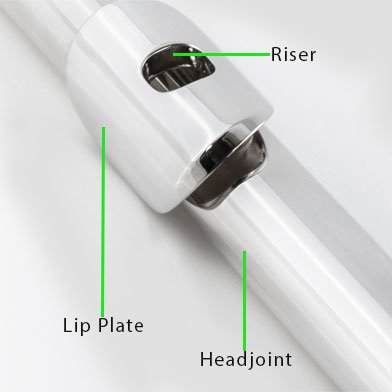When your child signs up for music lessons you will probably presume that you will be dropping them off and then picking them up thirty minutes later hoping that they have learned something and will do some practice?! This isn’t always the case. There are several different styles of teaching and depending on your child and your expectations you will need to find the style of teaching that suits you both. Learning an instrument is a three-way triangle between the parent, the student and the teacher. The relationship between the three is important and all about communication. The teacher should always be able to show progress and equally communicate what they expect in the way of practice by the following lesson. Equally, if the parent or student isn’t sure or happy about anything they must communicate this to the teacher.
I will outline some of the different types of lessons offered;
Private Lessons
A conventional music lesson will be that your child has a thirty-minute private lesson – however, this doesn’t have to be the end of it. A weekly private lesson will arguably give your child a good start. Thirty minutes one to one is a fair amount of time for a child to concentrate on one thing. They should make good progress and have a diary of what has happened in the lesson and an outline of what practice is expected. If you would like to sit in on the lesson you are more than entitled to. After all, you are paying for the lesson and what would be the problem with this request? If the teacher isn’t happy with this, I would question why. You would only want to be in the lesson for the benefit of your child and it shows a commitment on the parents’ part. It works both ways – sometimes it is very helpful to have the parent in the lesson when the child is very young, or unsure, or a bit of a fidget so that you can back the teacher up! Equally, it can be unhelpful to have a parent in the lesson who interferes or takes over the discipline of the student!
Group Lessons
Your child may also be offered group lessons. This works for many instruments and for young children. Again, it has pros and cons; the pros are that the lessons are often cheaper, your child isn’t on their own, they learn from watching others. Cons are that all children learn at different rates – your child may be the child prodigy and then is held back, or equally your child could be the one that tries the hardest but really struggles in the lessons. In either case, you will be quickly looking at individual lessons. Again, parents are fully entitled to request to sit in and observe.
Suzuki Method
If you are offered lessons with The Suzuki Method this may not mean anything to you at all initially. There is plenty to Google on the Suzuki Method, but I will endeavour to outline the basis on which the lessons take place. I am not an authority on this so this is a broad overview only.
The Suzuki Method is very much based on the student and the parent. Parents are expected to attend lessons every week and be part of the lesson. Suzuki believes in a fully rounded picture of music, not just learning an instrument. (Suzuki can be taught on all instruments). A violinist for example may just hold a violin for many months before playing a note. During this time, they will learn to LISTEN and to engage with music that is played along side them being in the lesson and just holding the instrument. It is not an expectation that they will read music from the beginning and learn in a conventional one note at a time type system.
Suzuki lessons are more likely to be in small groups too – especially to begin with.
The tone (sound) is very important in Suzuki. It isn’t a case of just being able to play – you learn to play properly with a good, beautiful tone from the off.
If you are offered the Suzuki Method, you should ensure that your teacher is properly Suzuki trained and qualified. It isn’t just a simple sign up – the teachers follow a rigorous course, and there are different levels of qualification. There are also Suzuki groups that can be joined.
Ensembles
If your child is learning an orchestral instrument it is great for them to be able to join an ensemble. It can be quite daunting at first but approached in the right way your child will more than likely very much enjoy being part of a group playing music. Many counties have their own music scheme with ensembles and will always welcome new players. Equally, music academies and schools have groups too. As they progress through the different levels they will be doing concerts, and maybe even going on tour!







